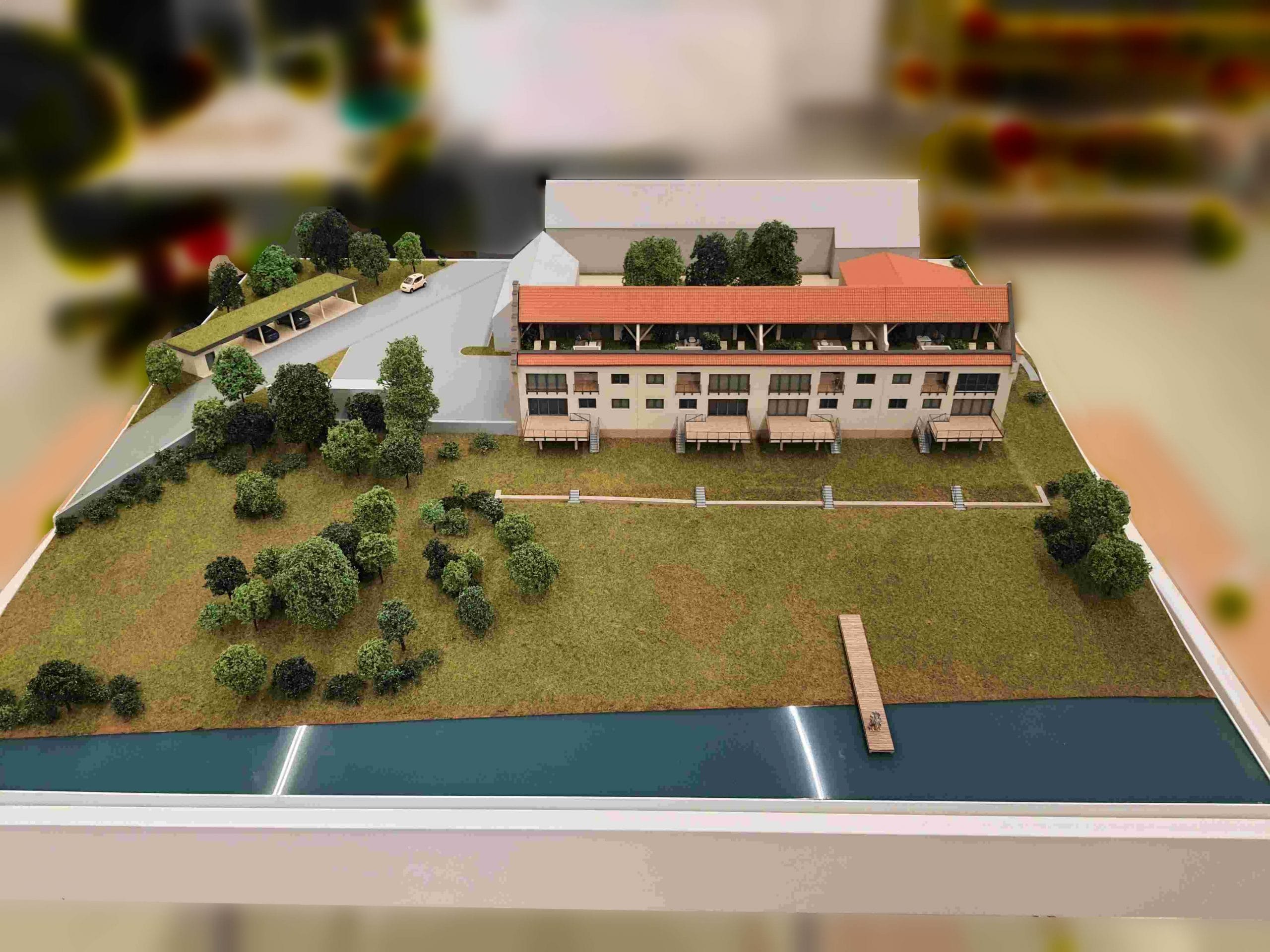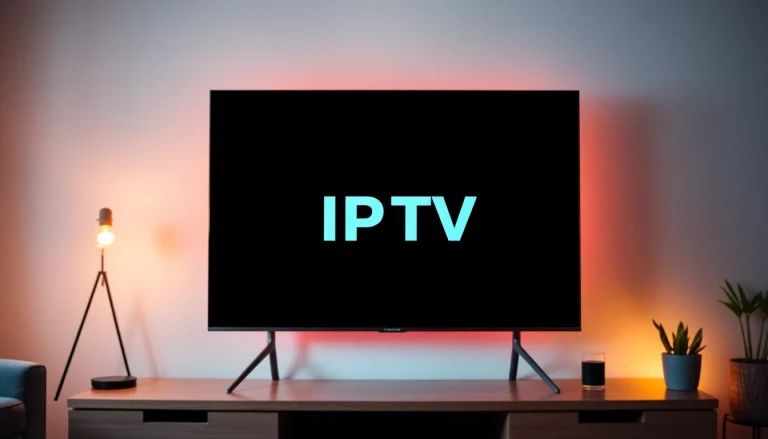A presentation model serves as a crucial tool in various design fields, particularly architecture and product development. It embodies the essence of a final design, allowing viewers to visualize the concept in a tangible form. Primarily created as a scaled-down replica, it aids in explaining complex designs and can effectively convey the intended aesthetic and functional aspects of the project.
The presentation model goes beyond simple 3D representations; it encapsulates the details, color schemes, textures, and sometimes even context, such as the environment surrounding the building. Utilized in both physical and digital formats, this model is not only a design aid but also a marketing tool that helps stakeholders engage with the concept and provide valuable feedback early in the process.
Key Characteristics of Presentation Models
Several characteristics distinguish presentation models from other types of models:
- Scale Representation: Presentation models are typically built to scale, meaning they accurately represent the proportions of the final design, making it easier for viewers to comprehend size and relationships.
- Detailing: These models are often highly detailed, featuring elements like landscaping, interior layouts, and finished materials that bring the design to life.
- Interactive Elements: Some presentation models include interactive components that allow viewers to engage with the design dynamically, enhancing understanding and interest.
- Contextualization: It’s common for presentation models to depict their surrounding environment, giving viewers not just the design itself but also its relationship to the site.
- Visual Impact: The design and execution of the model prioritize aesthetics to captivate and persuade the audience.
Types of Presentation Models in Architecture
Presentation models in architecture can be broadly categorized into several types:
- Physical Models: Crafted from materials like wood, plastic, or metal, these tactile models are often used for in-person presentations and exhibitions.
- Digital Models: Created using software tools, these models can include 3D visualizations and virtual reality elements, allowing for detailed analyses and simulations of design functionality.
- Hybrid Models: Combining both physical and digital elements, hybrid models often utilize augmented reality to enhance viewer interaction and understanding.
- Conceptual Models: These simpler models focus on conveying ideas rather than details and often serve as brainstorming tools during the initial design phase.
Applications of Presentation Models
Utilizing Presentation Models in Design
The application of presentation models in design spans various industries, facilitating communication between designers, clients, and stakeholders. In architectural projects, these models enable quick evaluation of design ideas and collaborative discussions, fostering a more thorough understanding of the concept being presented.
For example, during project inception or design development phases, model stakeholders may use these tools to visualize various iterations of the design, examining elements such as materiality, light penetration, and surrounding geography. This early identification of potential issues can save time and financial resources in later stages of development.
Case Studies: Successful Presentation Models
Successful usage of presentation models can be observed in a variety of landmark architectural projects. One such instance is the Seattle Central Library designed by Rem Koolhaas. The architects used intricate physical models to communicate the library’s innovative design and advanced functionality, ultimately garnering widespread acclaim and acceptance from the city.
Similarly, the use of augmented reality in projects like the Milan Expo 2015 allowed designers to showcase presentations through interactive digital models. This approach not only engaged the audience but also provided immersive experiences that captured attention and interest, leading to a successful showcase of ideas.
Industry Trends and Innovations in Presentation Modeling
Emerging trends in presentation modeling emphasize interactivity and technology integration. As visualization technology advances, tools such as virtual reality (VR) and augmented reality (AR) are becoming increasingly popular within the architectural design arena. These technologies allow designers to create immersive presentation sessions that provide stakeholders the chance to engage with designs in a more profound and effective way.
Additionally, 3D printing has revolutionized the way physical models are created. With affordable access to high-quality 3D printers, designers can quickly produce accurate representations of their ideas, enabling rapid prototyping and feedback processes. Such innovations are essential for optimizing the presentation model’s role in design communication and collaboration.
Creating Effective Presentation Models
Materials and Techniques for Model Making
The choice of materials greatly affects the effectiveness and presentation of a model. Common materials used in architectural modeling include:
- Cardboard: Inexpensive and easy to work with, cardboard is often used for preliminary models or conceptual prototypes.
- Foam Core: This lightweight material is favored for its rigidity and ease of cutting, making it perfect for clean and precise building forms.
- Wood: Wooden models provide a sense of quality and robustness and are preferred for more detailed and finished models.
- Plastic and Acrylic: Ideal for modern designs, these materials can create sleek and transparent elements that resemble real-life façades.
- Digital Software: Tools like SketchUp, AutoCAD, and Blender facilitate the digital model-making process, providing flexibility in design alterations and immediate visualization.
Tips for Crafting Engaging Presentation Models
Creating effective presentation models requires attention to several best practices:
- Define Your Purpose: Clearly understand the model’s intent and target audience. Is it to gain client approval or to enter a design competition? Tailor your model accordingly.
- Focus on Key Features: Highlight significant architectural elements—such as unique structural forms or innovative material uses—to convey the concept effectively.
- Maintain Visual Appeal: Use colors, textures, and landscaping thoughtfully. A visually appealing presentation model captures attention and keeps viewers engaged.
- Consider Scale: Ensure the scale matches the intended use. For instance, models presented in an exhibition should balance detail with visibility.
- Iterate and Refine: Seek feedback from peers and stakeholders. Use their insights to refine your model iteratively for greater impact.
Common Challenges and Solutions in Model Creation
Despite the advantages of creating presentation models, designers may encounter challenges:
- Budget Constraints: High-quality materials and tools can lead to increased costs. Solution: Optimize your material selection and seek affordable alternatives that still provide quality.
- Time Limitations: Time pressure may hinder the model’s development. Solution: Create a timeline that includes time for iterations—this can lead to more effective presentations.
- Technical Skills: Not all designers are adept at model-building. Solution: Collaborate with model-making specialists or attend workshops to enhance skills and knowledge.
Improving Engagement with Presentation Models
Best Practices for Presenting Your Model
A presentation model’s effectiveness can be significantly enhanced by adopting best practices during the presentation:
- Set the Scene: Create a contextual backdrop that helps viewers understand the location and importance of the design.
- Engage with the Audience: Ask questions and invite feedback throughout your presentation to maintain interest and involvement.
- Use Storytelling: Narrate the design journey—from concept to realization—illustrating challenges and how they were overcome.
- Leverage Technology: Integrate multimedia elements, such as slide shows or animated design walk-throughs, to maintain momentum throughout your presentation.
Enhancing Audience Interaction and Feedback
Increasing audience interaction can lead to richer discussions and improved understanding of the model:
- Interactive Workshops: Design workshops can facilitate collaborative engagement, allowing stakeholders to contribute their opinions and ideas.
- Feedback Sessions: Include sessions dedicated specifically to gathering audience feedback. Use questionnaires or interactive tools to collect this information efficiently.
- Follow-up Communications: Post-presentation, send surveys or emails inviting additional comments to ensure ongoing engagement and improvement.
Visual Storytelling Techniques in Presentations
Utilizing visual storytelling can turn a straightforward presentation into an engaging narrative:
- Sequential Imagery: Present the model by showcasing different stages in the design process, making it easier for the audience to follow along.
- Emotion-Driven Narratives: Tell the story behind the model—highlighting its significance and potential impact on users, community, or environment—adds emotional weight.
- Use of Analogies: Draw parallels between architectural elements and familiar concepts to help the audience grasp complex ideas quickly.
Evaluating the Impact of Presentation Models
Metrics for Measuring Model Effectiveness
Evaluating a presentation model’s effectiveness can involve various metrics:
- Audience Engagement Levels: Measure audience involvement through surveys, feedback forms, and presentation analytics—especially for digital models.
- Decision-Making Influence: Assess how the model impacts stakeholders’ decisions—track changes in approval ratings pre and post-presentation.
- Clarity of Communication: Evaluate how well the model simplifies the complex ideas it represents; was the audience able to easily understand key concepts?
Gathering Feedback from Presentations
To improve future presentations, proactively gather feedback:
- Post-Presentation Surveys: These can include questions about clarity, engagement, and overall satisfaction with both the model and presentation style.
- Informal Discussions: Engage in casual conversations with audience members after the presentation for more in-depth insights into their reactions and thoughts.
- Peer Reviews: Inviting fellow professionals to review the presentation can provide valuable perspectives and suggestions for improvement.
Iterating on Design Based on Model Performance
The feedback collected should inform subsequent iterations of both the design and its presentation model:
- Incorporate Feedback: Regularly update the model based on audience insights, refining details and addressing concerns.
- Track Improvements: Maintain records on model iterations, evaluating how each version responds to previous feedback and audience engagement levels.
- Continuous Learning: Engage in ongoing education about trends and technologies to keep models relevant and impactful.



